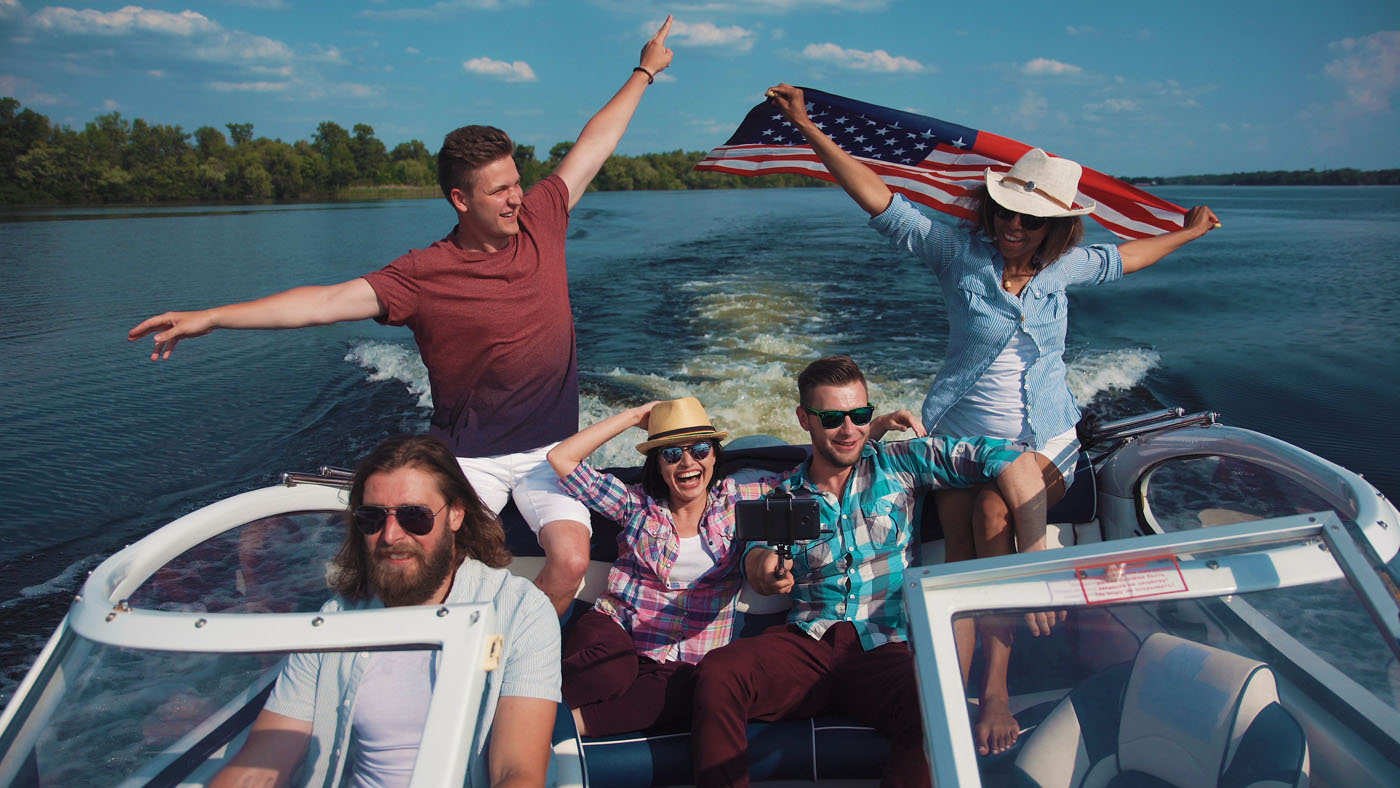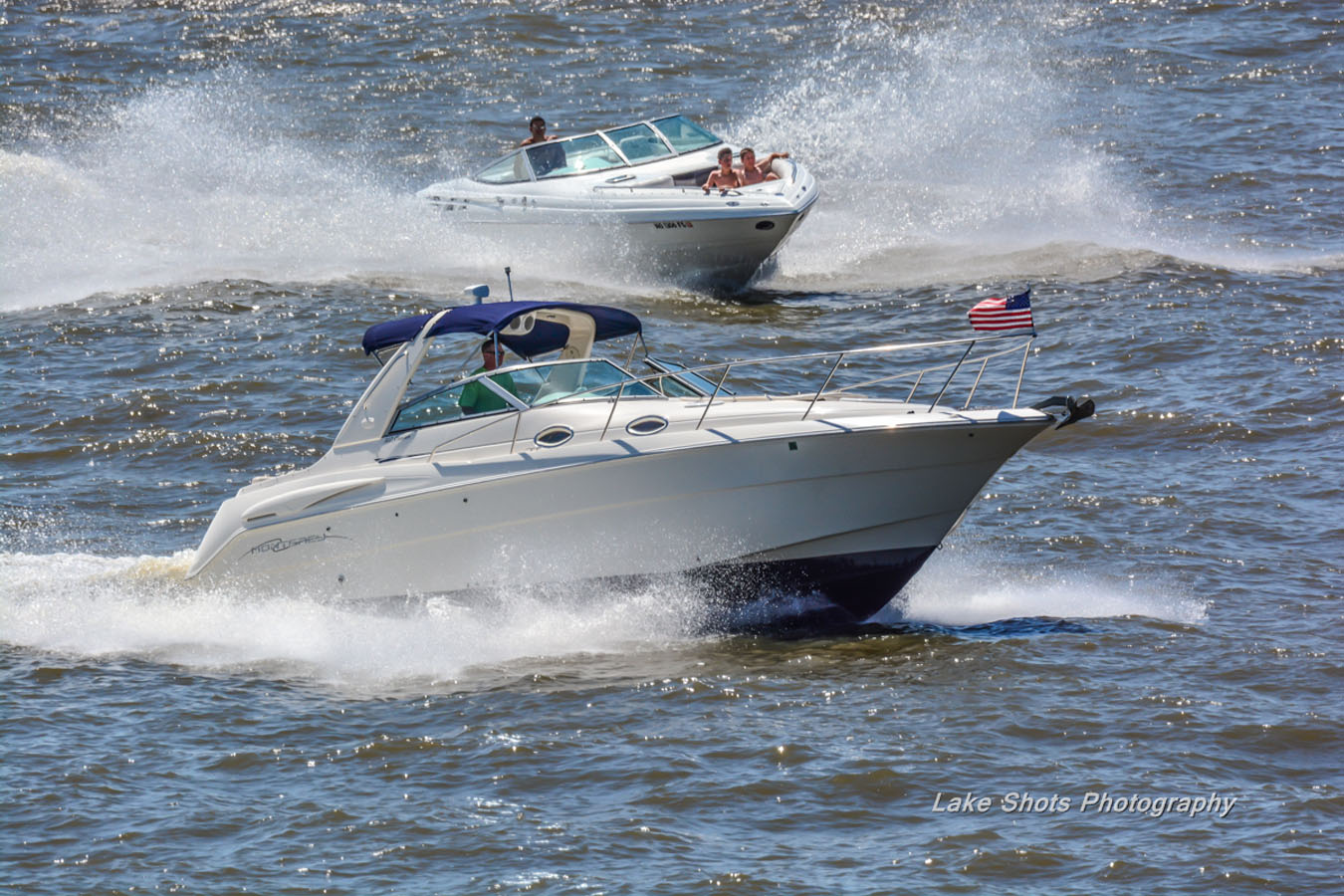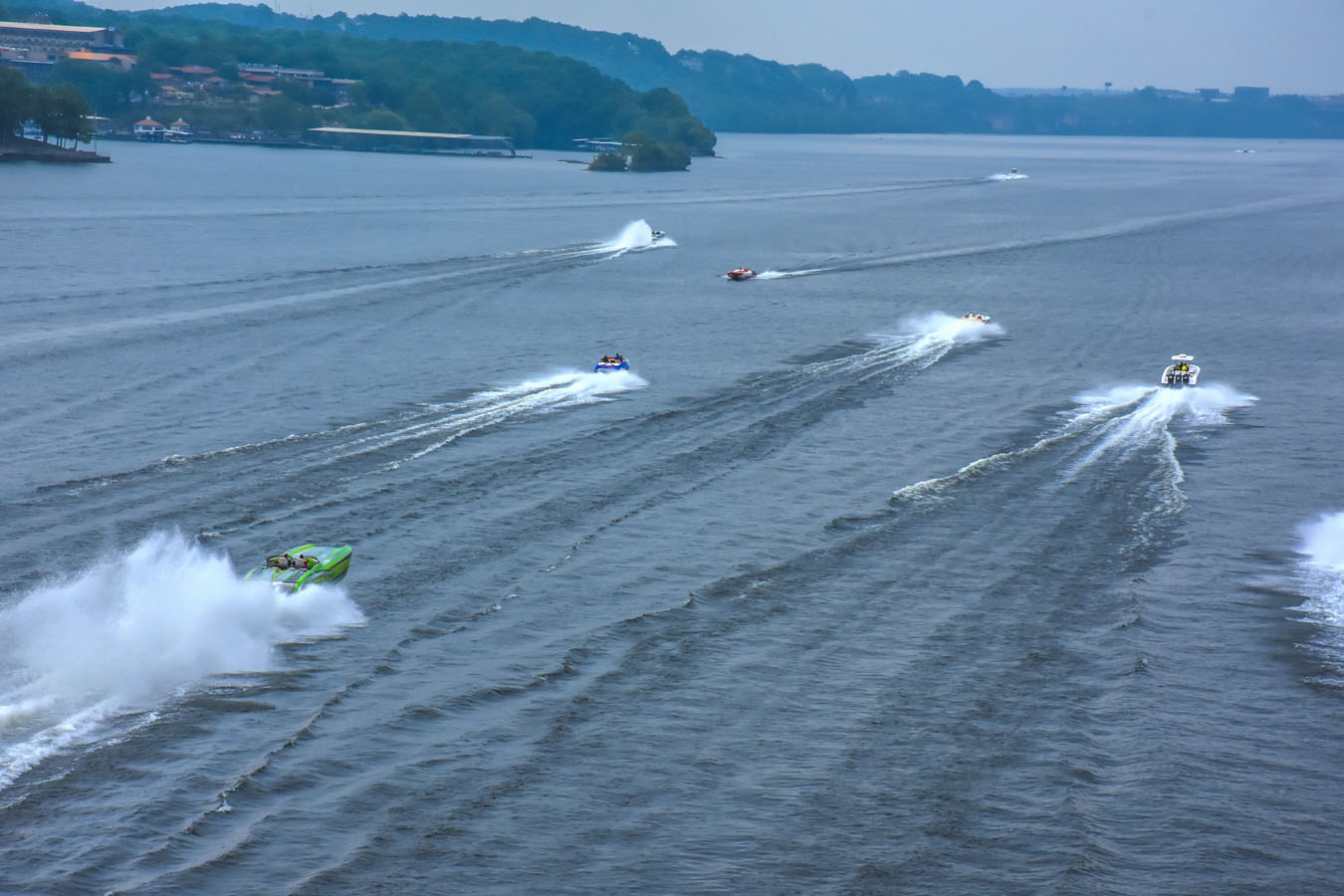Appoint A Sober Captain

It’s obvious. It’s so obvious, and the message gets beaten into our heads through every medium so often, it’s impossible to forget it. So at this point, there’s no excuse. Sure, back in the “good old days,” every boat driver had a beer can in the hand he wasn’t steering with. But times have changed, and failing to appoint a sober captain can be catastrophic. Maybe you get pulled over and fined (or jailed) for BWI. Or, worse, buzzy boating can cause a collision. Too many boating incidents at the Lake occur because of intoxicated captains.
When Two Boats Meet: What To Do


A common question among boaters is, when two boats meet and their courses overlap, which one should keep its course (“stand on”) and which should alter its course (“give way”)?
The answer is found in COLREG (Convention on the International Regulations for Preventing Collisions at Sea), specifically Rule 18. It outlines a pecking order for boats:
(Note, COLREG defines “underway” as a vessel not at anchor, or made fast to the shore, or aground.)
1. A power-driven vessel underway shall keep out of the way of:
- A vessel not under command
- A vessel restricted in her ability to maneuver
- A vessel engaged in fishing
- A sailing vessel
2. A sailing vessel shall keep out of the way of:
- A vessel not under command
- A vessel restricted in her ability to maneuver
- A vessel engaged in fishing
3. A vessel engaged in fishing when underway shall, so far as possible, keep out of the way of:
- A vessel not under command
- A vessel restricted in her ability to maneuver
Those are the rules based on boat type and current disposition. And it’s worth noting that COLREG doesn’t draw any distinction between different types of power-driven boats. A PWC is on the same playing field as a pontoon, a cabin cruiser, or a catamaran, as long as they’re powered by a motor.
But what about two boats that are on a collision course? Here’s what COLREG prescribes:
- Head-on situation (Rule 14) — when two power-driven boats are on a head-on collision course, both should alter their course to starboard (right)
- Crossing situation (Rule 15) — when two power-driven boats are on crossing courses, then the boat which has the other to the starboard side must keep out of the way and try to avoid crossing in front of the other boat. In other words, the boat on the left-hand side is the give-way boat, and should turn to the right and cross well behind the other boat.
COLREG also notes the give-way vessel should always take early and obvious action to avoid a collision, while the stand-on vessel should keep its course and speed unless it becomes clear that the give-way vessel is not taking the appropriate action to avoid a collision.
Night Lights…
There’s more to this story! Click to create a free account or sign in keep reading.
